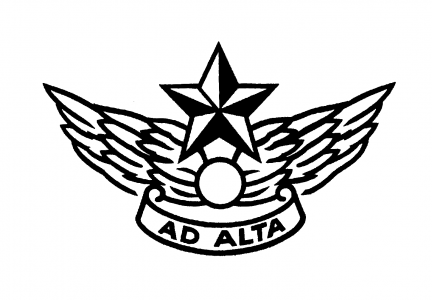
Level 2 Electronics
12ELEC Course DescriptionTeacher in Charge: Mr F. Versteegen.
Recommended Prior LearningReasonable success in Level 1 Science and Maths, or at the discretion of the HOD/ TIC.
This course combines hands-on work and theory.
Students will learn how the basic electronic components work and what they do in a circuit; They use a multi-meter; They understand markings and ratings of components;
They draw component layout diagrams; They etch PCBs and solder the components on.
This knowledge is used to design electronic circuits and build them into finished products.

Learning Areas:
Detailed Course Outline Assessment Information
The assessments for this course will be Unit Standards, which will be chopped up in smaller Outcomes. These will be assessed once the student is ready for it.
This course could lead to a career as an electrician, or electronics engineer, either as a Trade, or at Uni.
Career PathwaysAutomotive Electrician, Aeronautical Engineer, Aircraft Maintenance Engineer, Product Assembler, Electronics Engineer, Biomedical Engineer, Biomedical Technician, Mechanical Engineer, Electrical Engineer, Line Mechanic, Telecommunications Engineer, Information Technology Helpdesk/Support Technician, Electronics Trades Worker, Electrician, Electrical Engineering Technician, Locksmith
Contributions and Equipment/StationeryApproximately $50.00. We are grateful to families making voluntary payments to assist with course specific costs.